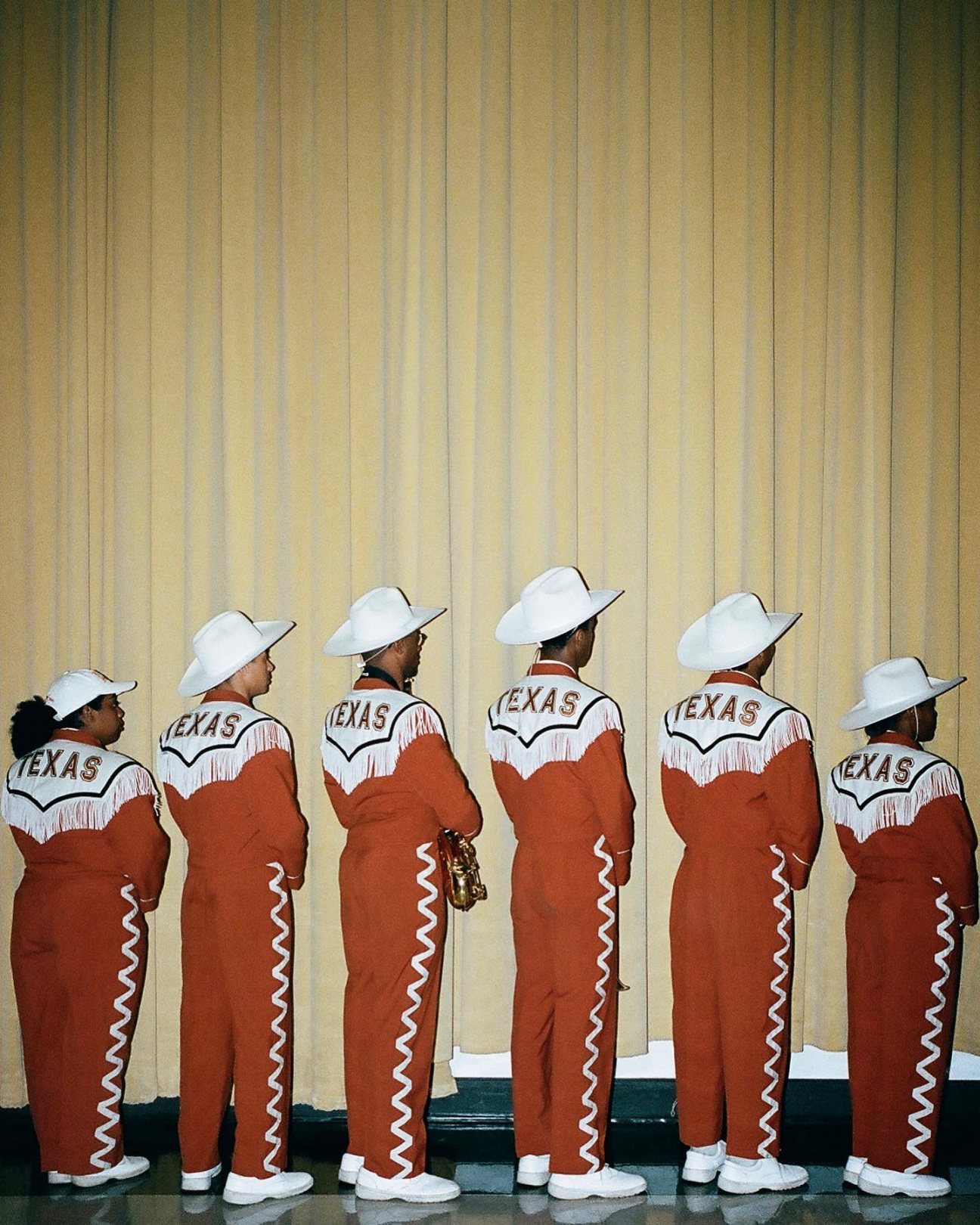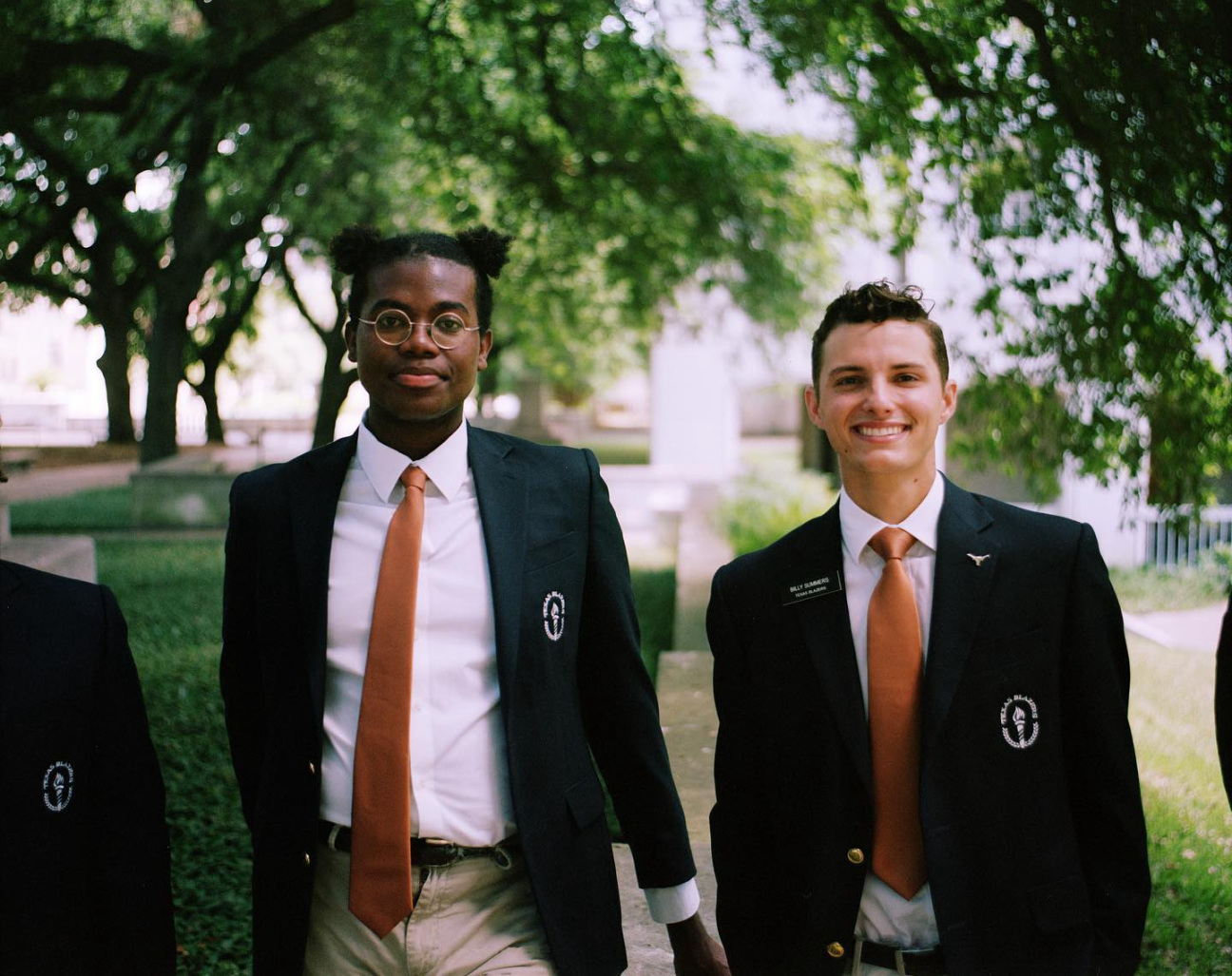
In September, Bottega Veneta invited Adraint Khadafhi Bereal to its Spring/Summer 2024 show in Milan. It was the 25-year-old Waco, Texas, native’s first European fall. He texted, “I’m walking around so much and forget to eat because I’m afraid that the city will disappear between blinks. I’m taking pictures, refusing to really look at them. It’s like sketching, for a time when I can afford to stand somewhere for long enough to scatter the dust that’s now up to my ankles.”
Bereal is a poet by disposition. It comes out whether he is walking around a foreign city, writing an essay, or shooting a fashion editorial. His art reeks of literature. Sometimes the association is direct, like with his next project, currently in its research phase. He is trying to figure out why Toni Morrison and Audre Lorde only shared the same stage once.

Bereal’s work always starts with a quandary. From there, field research, interpretation, and divination ensue. The Black Yearbook, his breakthrough work, asked what the real Black student body of his alma mater, the University of Texas at Austin, looked like—the one not shown in the brochures.
The project became a multiyear feat across universities, combining interviews, essays, and photography, and culminating in a self-published encyclopedia of personal testimonies and portraits that fell somewhere between a W.G. Sebald-ian novel and Mierle Laderman Ukeles’s 1979-80 Touch Sanitation project, where she shook the hand of every garbage worker in New York.

A portion of The Black Yearbook ran as a prominent New York Times feature in 2020, but this January, it will take book form with Penguin Random House. Reflecting on the milestone from his home in Brooklyn, Bereal notes that The Black Yearbook was not about making pictures, but being present in the stadium, the dorm room, the frat house, or the quad.
The all-in approach and investigative thrust of the work aligns Bereal with artists like Leigh Ledare and Jill Magid, social provocateurs who don’t flinch at the mess we’ve made. “The truth is just as important as an imagined reality,” says Bereal. “We’re walking towards much harder times, and that deserves space. I’m exhausted with ‘Black joy,’ I want to know what comes after rage. Is it sickness?”
For more about CULTURED's 2023 Young Artists, read our features with Alex Tatarsky, Giangiacomo Rossetti, and Oscar yi Hou.










 in your life?
in your life?

